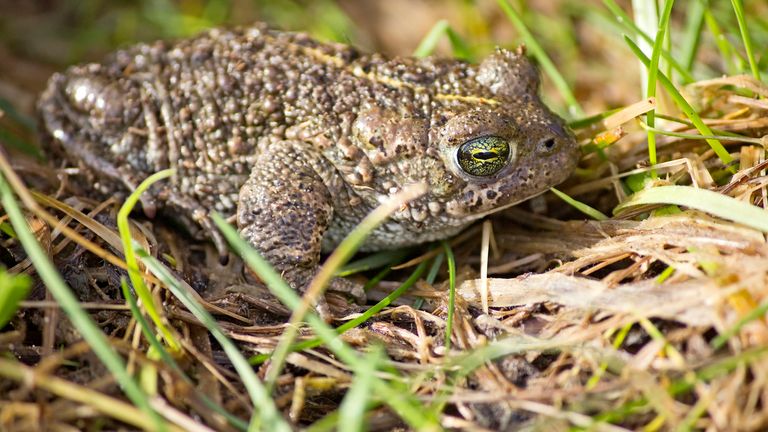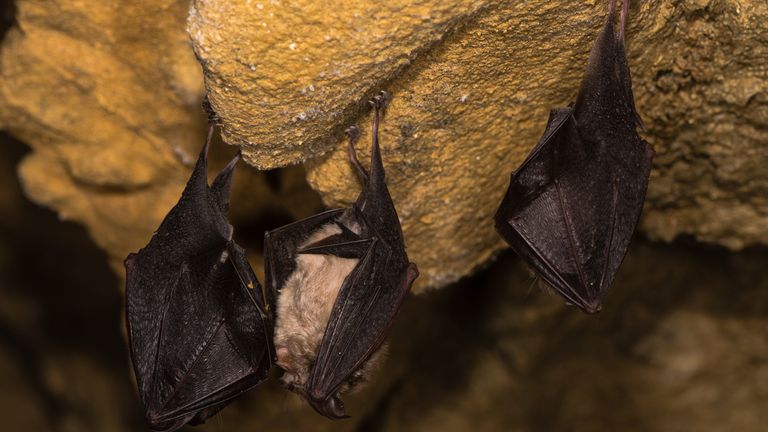The average temperature for the year is on track to beat the previous all-time high of 9.88C (49.78F) set in 2014, provisional data shows.
2022 will be the warmest year on record in the UK, according to provisional figures from the Met Office.
It is a year which saw temperatures reach their highest ever in the country, with the mercury reaching 40.3C (104.5F) in Lincolnshire on 19 July.
The average temperature for the year is on track to beat the previous all-time high of 9.88C (49.78F) set in 2014, provisional data shows.
The exact figure will be confirmed in the new year.
The Met Office has said the 10 years which recorded the highest annual temperature since 1884 have all been since 2002.
All four seasons this year were in the top 10 warmest on record for the UK, the Met Office said.
Winter was eighth warmest, spring the fifth, summer the fourth and autumn the third.
Dr Mark McCarthy, head of the Met Office’s National Climate Information Centre, said: “2022 is going to be the warmest year on record for the UK.
“While many will remember the summer’s extreme heat, what has been noteworthy this year has been the relatively consistent heat through the year, with every month except December being warmer than average.
“The warm year is in line with the genuine impacts we expect as a result of human-induced climate change. Although it doesn’t mean every year will be the warmest on record, climate change continues to increase the chances of increasingly warm years over the coming decades.”

Dr McCarthy also said the record-breaking temperatures in July boosted the overall temperature values for the year but this isn’t the “fully story”.
He continued: “Temperatures have been above the 1991 to 2020 long term average for a large proportion of the year, and this is something that we can anticipate as we become increasingly affected by climate change.
“Met Office science has shown that the temperatures witnessed in mid-July would have been extremely unlikely in the pre-industrial period – the era before humanity started emitting lots of greenhouse gases from burning fossil fuels.”
Dr McCarthy added that December’s weather shows the UK’s climate is still “subject to notable cold spells during the winter season”.
He added: “Our observational data show these have generally become less frequent and less severe as our climate warms.”
A sequence of heatwaves starting in June led to the UK experiencing its fourth warmest summer on record, while temperatures broke the 40C (104F) mark for the first time.
The hot spell in July saw the Met Office issue its first ever red warning for extreme heat.
A major incident was declared by the London Fire Brigade after a “huge surge” in blazes across the capital in July.
In the village of Wennington, on the outskirts of east London, several houses were destroyed and others severely damaged after grass fires broke out, engulfing properties, as black smoke billowed into the air.
Wales also recorded a new daily maximum temperature record of 37.1C (98.8F), while Scotland saw a new record of 34.8C (94.6F).
A ‘stark illustration’ of the difficulties facing UK species
The National Trust has warned this year’s “litany” of weather extremes, including storms, drought and record-breaking heat is set to become the new norm.
In its annual review of the year, the conservation charity said 2022’s weather had been challenging for nature, from habitats scorched by wildfire, to natterjack toads, butterflies, birds and bats hit by drought.
The trust said 2022 has been a “stark illustration” of the difficulties many of the UK’s species could face without more action to tackle climate change and help nature cope – with extremes likely to worsen as temperatures rise.

Rare lizards and natterjack toads badly affected by heat and drought
Wildfires on National Trust land in areas such as Cornwall, Bolberry Down in south Devon, and Studland in Dorset, destroyed homes of rare land lizards.
Meanwhile, shallow ponds used by natterjack toads for breeding dried up and bats had to be rescued in the heatwave.
Flying insects including many butterfly species and bumblebees had a poor year as flowering plants withered and died in the dry heat.
The National Trust said the lack of insects had knock-on impacts on birds such as swifts which rely on them to feed their young.

Spring months helped insects produce a mass of seeds
Trees planted last winter, to store carbon and boost woodland habitat, were hit by the drought and extreme heat, with 50% of saplings lost on estates such as Wimpole in Cambridgeshire and Buscot and Coleshill in Oxfordshire.
On a more positive note the National Trust said trees and shrubs did have a “mast year” in many areas where they produced an abundance of seeds and nuts.
Warm spring months also meant lots of insects pollinated blossom before the stress of the summer heat and drought encouraged them to produce a mass of seeds to help their genes survive
At Holnicote in Somerset, beavers introduced to an enclosure have engineered a wet woodland habitat with higher water levels, supporting other species, and maintaining a lush landscape through the summer drought.
Source: Sky


Recent Comments